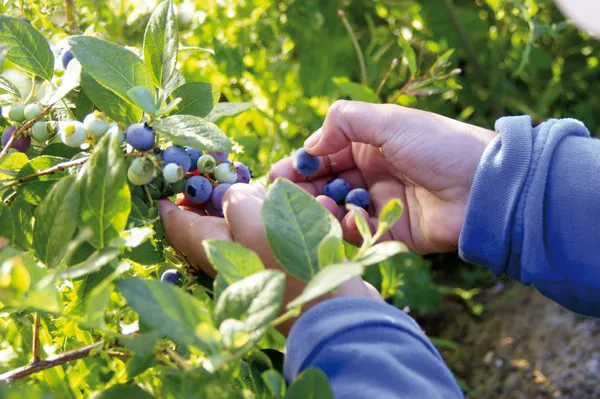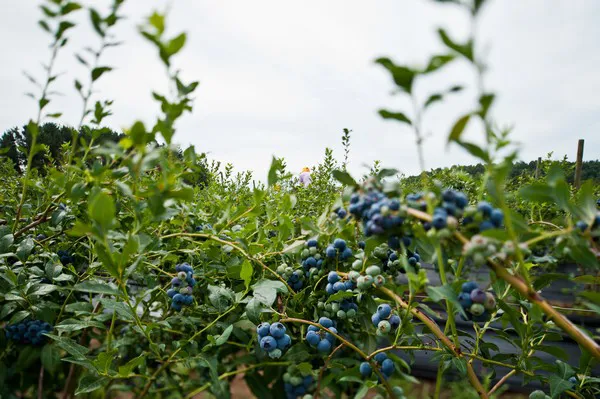The Chilean Blueberry Committee, together with the consulting firm iQonsulting, has estimated a volume of 98,228 tons of fresh blueberries from Chile for the 2022-2023 season. Small shipments to the U.S. market have already begun and will continue through February.
 Small shipments to the U.S. market have already begun and will continue through February.
Small shipments to the U.S. market have already begun and will continue through February.
Volume estimated for the 2022/23 season has declined eight percent from last year. This has resulted primarily from the Chilean blueberry industry’s intense focus on providing only the best quality blueberries to its export markets. The industry is undergoing extensive variety renewal, with some varieties being shifted into frozen exports and other industrial uses. At the same time, growers are planting new varieties with better post-harvest conditions that will allow the fruit to arrive with the full flavor and sweetness characteristic of Chilean blueberries.
 Volume estimated for the 2022/23 season has declined eight percent from last year.
Volume estimated for the 2022/23 season has declined eight percent from last year.
“Our #1 priority is delivering the highest quality blueberries to our international markets,” says Andres Armstrong, executive director of the Chilean Blueberry Committee. “Planting and exporting the right varieties is key, but the industry is also strengthening logistics through new programs like the Blueberry Express. This service will begin in Week 49 and continue throughout the 2022-23 season, with less than two weeks of transit time to the U.S. market. It guarantees the maintenance of the cold chain, which is crucial for protecting fruit quality.”
The industry anticipates better conditions for the export of fresh blueberries. Cooler temperatures have enhanced fruit quality, and there has been greater availability of labor for harvesting, packing and logistics operations, factors that made last season challenging.
The U.S. continues to be Chile’s main market for fresh blueberries, receiving 54 percent of the total volume. It is followed by Europe with 34 percent, Asia with 11 percent and the remaining two percent within the Middle East and Latin America. Chile ships 75 percent of all fresh organic blueberries to the U.S. During the 2021/22 season, 22 percent of all blueberries shipped to the U.S. were organic and 78 percent conventional.
 The industry anticipates better conditions for the export of fresh blueberries.
The industry anticipates better conditions for the export of fresh blueberries.
With peak arrivals expected around the last week of December/first week of January, the U.S. marketing team is working with retail chains large and small to design programs that will drive Chilean blueberry sales. Trade promotions will commence by early January and continue through February.
 For more information:
For more information:
Karen Brux
Chilean Fresh Fruit Association
Tel: +1 (650) 218-5061
kbrux@fruitsfromchile.com
www.fruitsfromchile.com
https://comitedearandanos.cl/en/
